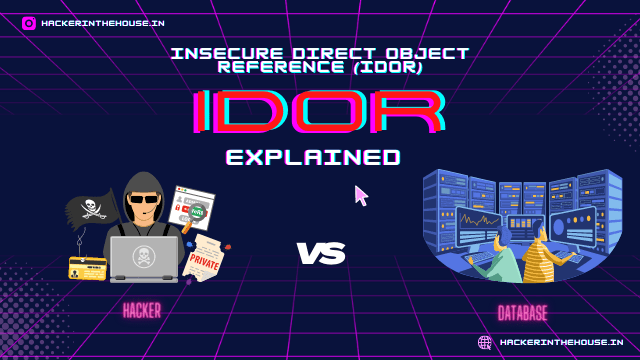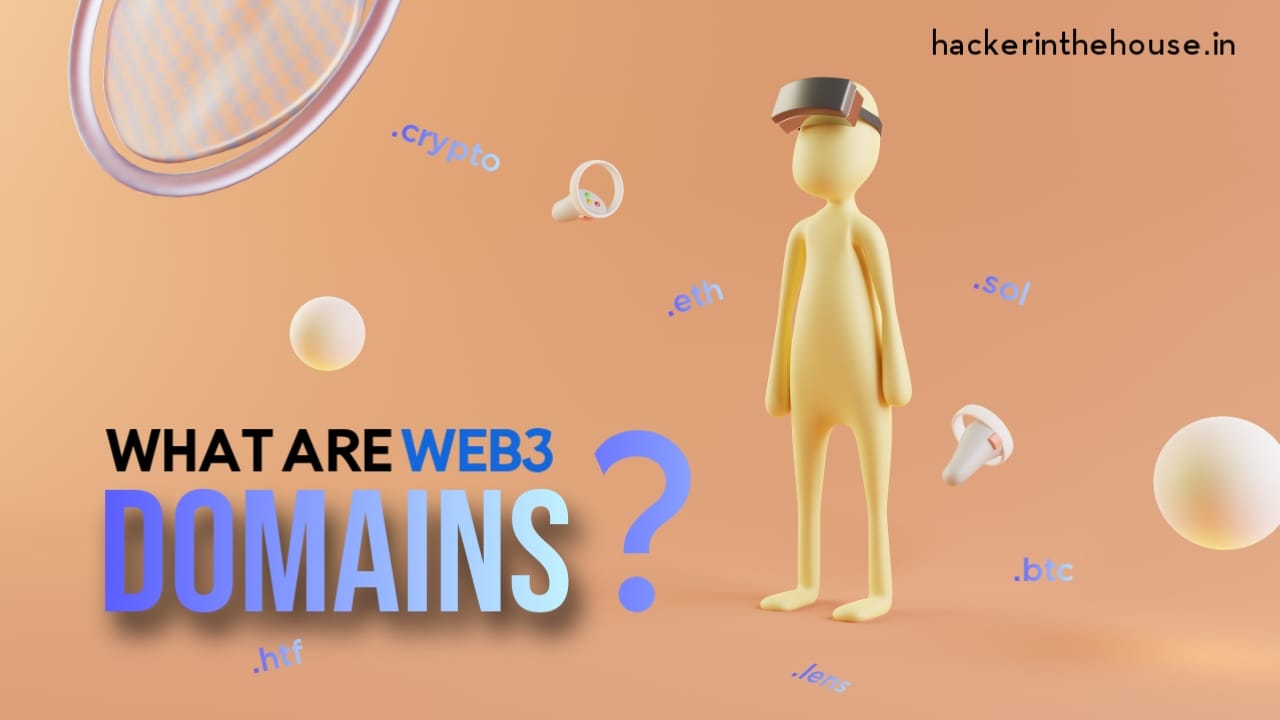Before Going to start this journey let’s discuss about domain and Web3. After that we will go for Web3 Domain.
Domain:
- Domain is a network of computers and devices that are controlled by one set authority with some guidelines. Generally a domain is controlled by one particular company that has its own internet presence and IP address.
- Basically Domain works on DNS (Domain Name System server) While a Internet Users request a domain DNS connect their IP to DNS server.
Web & Web3:
The Web is a only way to access information through the Internet. It’s a system of Internet servers . The Web uses a protocol called HTTP (Hyper Text Transfer Protocol). And we can access the web through internet using a web browser. Where we can access information such as multimedia, files etc. uploaded by organization or a specific user through their domain.
Generally Web3 is a improved version of web , where data stores and transfer through blockchain technology. In Web3 Decentralization plays a big role where “No permission is needed from a central authority to post anything on the web, there is no central controlling node, and so no single point of failure.
Web 1.0 – Read Only
Web 2.0 – Read and write
Web 3.0 – Read , Write and Own

What are Web3 domains?
Web3 Domains are stored in a blockchain wallet by the owner, it’s stored like a cryptocurrency, and no third party can access them . Web3 domain gives you decentralized access.
Web3 domains are like web2 domain .btc , .eth , .nft , .dao , .crypto . And Web3 domain supports different types of Blockchain network like ethereum, Solana, polygon , binance smart chain.
Web3 domains, also known as NFT domains, use blockchain technology to make domain name registration and resolution completely on chain. Users are able to register unique, easy-to-remember domain names which can replace their wallet addresses and decentralized websites . Web3 domains are tradeable in blockchain based NFT marketplace.

Types of Web3 domain, their uses and future:
Web3 domains are based on different types of Blockchain network. Here is the some popular Web3 domain types
• .btc
• .eth
• .sol
• .crypto
• .888
• .nft
• .dao
Web3 offers a more secure and private manner of browsing and content uploading. Users can host decentralized websites on a decentralized network of computers using a Web3 domain name, making it more difficult for hackers to attack.
Web3 is the place to go if users and developers are tired of centralized controls and restrictions, and the source to get that is a Web3 domain name. Using cryptocurrency, fiat money, and a digital wallet, users may simply mint or register their Web3 domains at a variety of Web3 domain name registrars that offer Web3 domain name services.
Best 5 Web3 domain registries:
1. Freename.io – Custom Web3 TLDs and Domains
Freename.io is the Web3 TLDs and Domains platform allowing users to create blockchain domains with personalised TLDs (such as .cool, .? or .lambo.) without paying renewal fees or hidden costs.
The company is based in Switzerland and the platform supports multiple blockchain networks starting with Aurora, Binance Smart Chain (BSC), Cronos, and Polygon, with support for other ecosystems coming in the near future, including Avalanche, Ethereum, and Solana. Furthermore, Freename has its own library to help Web3 developers to easily support multiple Web3 Domain Providers.
2. Unstoppable Domains – the market leader
Unstoppable Domains is a San Francisco-based company that connects Web2 clients to Web3 by allowing users to create a blockchain-based wallet address similar to a URL. These domains are built on Ethereum or Zilliqa, ending in .crypto, and .zil, among other options as extensions for web browsers.
The platform essentially turns crypto wallet addresses into a simpler, human-readable name that can be used as a universal username, send and receive cryptocurrency, and access the decentralised web. Users can also display their NFT avatars on the web and verify their social accounts.
Unstoppable Domains is compatible with nearly 300 coins and tokens and has registered over 2.6 million domains. One of the perks of Unstoppable Domains is that users fully own their crypto domain once bought, no renewal, hosting, or gas fees are charged.
3. Ethereum Name Service (.eth) – the traditional service
Ethereum Name Service (ENS) has gained tremendous popularity in recent years. It’s the largest blockchain naming standard, with over 2.17 million names registered and integrated on over 500 DApps.
The platform is a naming service that hierarchically distributes domain names, which can be identified by the TLD “.eth” or “.test.” Users can also create namehashes while preserving the properties of their domains. ENS turns human-readable names into machine-readable names; Bob.eth is the username, while the machine will identify Bob.eth by its Ethereum address.
4. Bonfida – Solana Name Service
Like ENS, Solana has Solana Name Service (SNS) that replaces Solana addresses with human-readable identities for users in the Web3 ecosystem, such as “John.sol.”
Solana users can create their .sol username by connecting their SOL wallet, such as Phantom, to Bonfida’s Naming service and buying a domain with SOL or USDC. Users can also associate their Twitter handles with Solana addresses and send and receive payments.
5. PeerName
PeerName is a registrar of domain names that acts as a plugin for Chrome, Opera, Firefox, and Microsoft Edge. It offers a web-based interface that’s easy to manage and set up without the hurdles of knowing cryptographic and Linux knowledge.
The platform is built around XNR, Emercoin, and NameCoin, allowing users to buy domains ending in .bit, .emc .and .onion by Tor using several payment methods, such as Bitcoin, Ethereum, Litecoin, and ripple.
Steps to Own a Web3 domain:
• Choose one of domain registry service platform.
• Create your account there with your Gmail or Connect A crypto wallet.
• Choose domain what you want and add them in your cart.
• Go to Cart and pay domain service fees .
• Then You can access Your domain and can tradeable then in NFT marketplace.








Leave a Reply